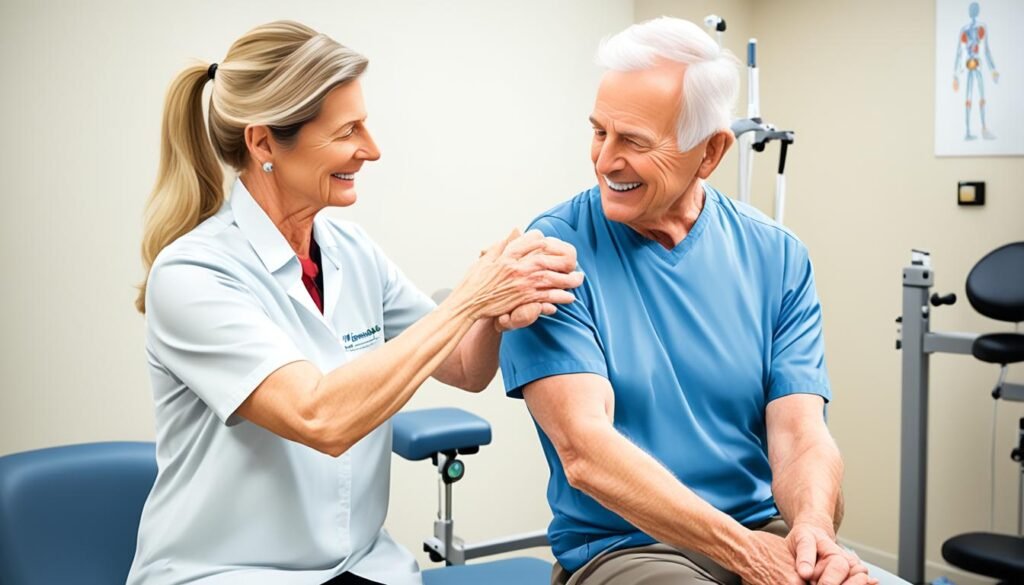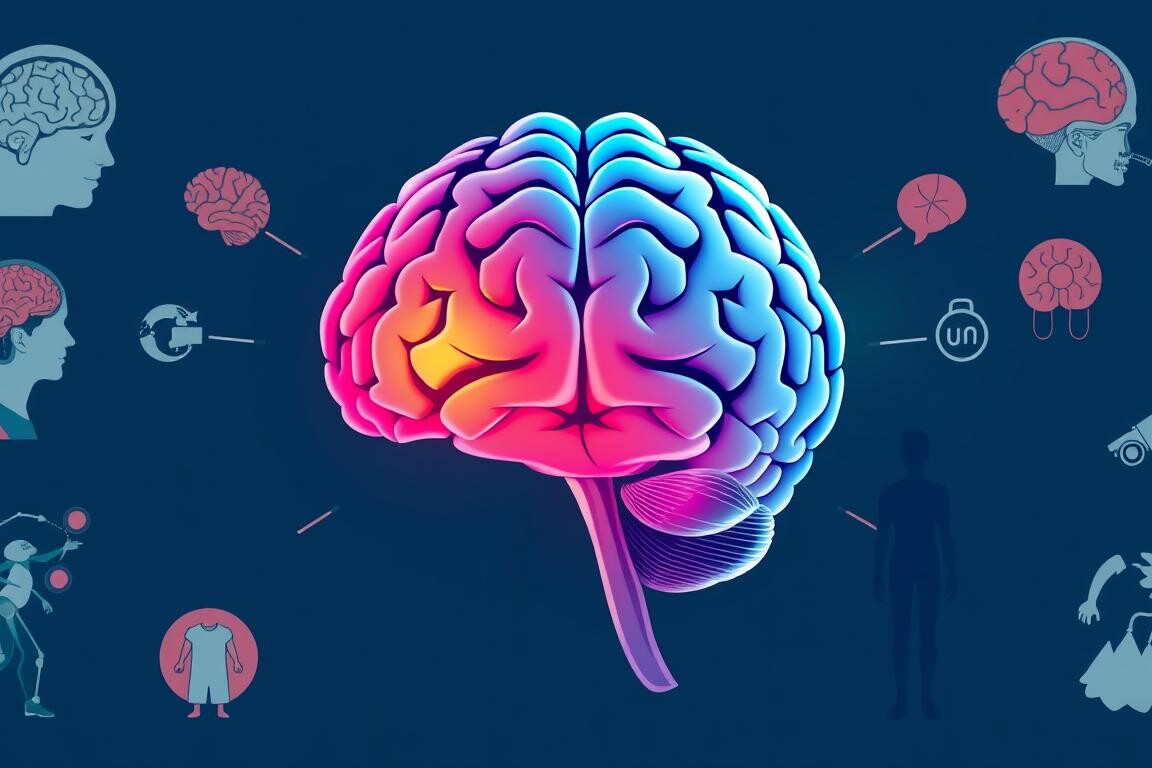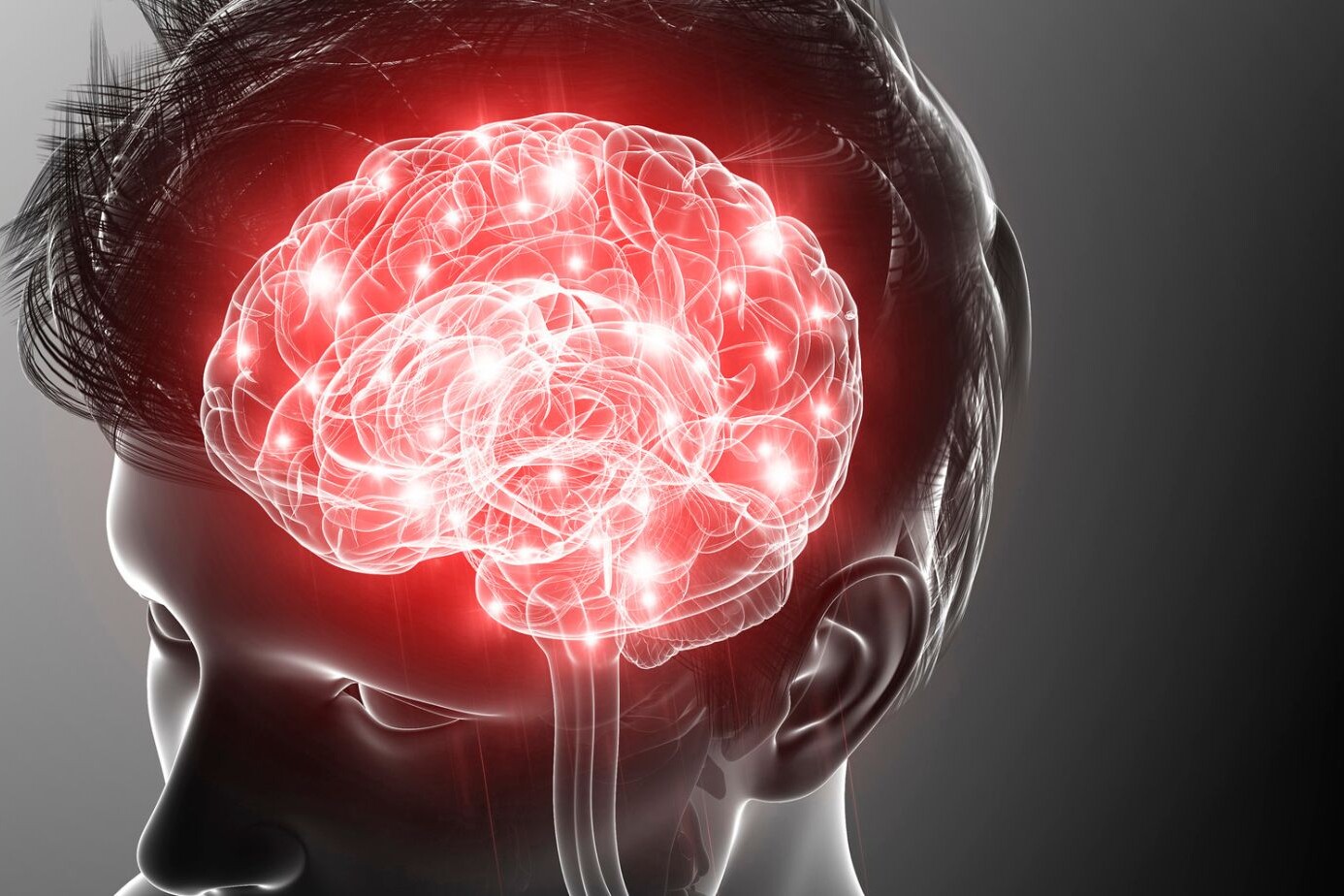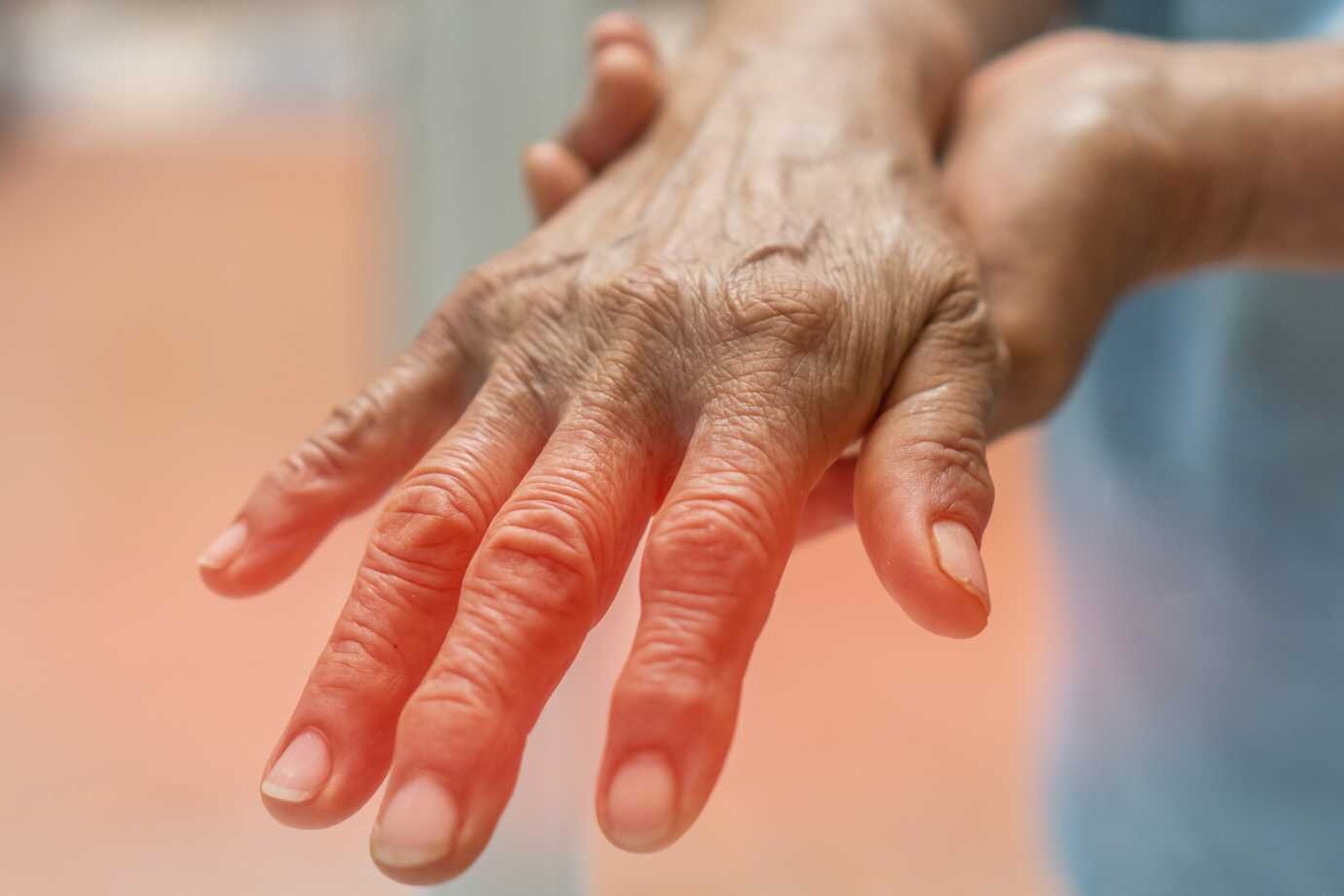Hemiplegia is a severe problem that happens after brain or spine injury. It makes one side of the body paralyzed. People with hemiplegia feel weak in their muscles, have trouble controlling them, and their muscles are stiff. The signs of hemiplegia can be different, depending on where and how bad the injury is. To help, treatments can include physical therapy, special kinds of therapy, tools to make things easier, thinking about moving, and using small electric shocks. Hemiplegia is usually for life, but the right treatment lets many people get better and lead their normal lives.
Neurologists are the best to figure out how to treat hemiplegia. They consider each person’s situation and medical history. Hemiplegia is often a big sign of a stroke, which is very serious and needs urgent care. So, it’s not safe to try diagnosing or treating yourself for this. To avoid health troubles like stroke and hemiplegia, it’s vital to eat well, manage any health issues you have, stop infections early, and use safety gear to prevent accidents.
Table of Contents
ToggleUnderstanding Hemiplegia
Hemiplegia is a serious medical condition. It leads to paralysis on one body side. This is due to brain or spinal cord damage. It may happen before birth, during birth, or later in life. Causes include stroke, traumatic brain injury, and some disorders. Hemiplegia does not get worse over time.
Hemiplegia Definition
The term “hemiplegia” means total paralysis on one side. It usually affects the arm and leg on the same side. Damage on the opposite side of the brain or spinal cord causes this. Neural pathways for movements on that side get affected.
Hemiparesis vs. Hemiplegia
Hemiplegia means complete paralysis on one body side. Hemiparesis means there’s partial weakness or limited movement. Hemiparesis is not as severe as hemiplegia. They both come from a similar neural cause. They affect physical activities.
Hemiplegia vs. Cerebral Palsy
Cerebral palsy can cause hemiplegia but with different roots. It’s often present at birth. Hemiplegia can be from birth or later in life. The most common cerebral palsy type is spastic hemiplegia. In this type, the arm is often more affected than the leg.
Hemiplegia Symptoms
The key symptom is paralysis or extreme weakness on one side. It affects how a person moves, stands, and performs tasks. There’s also typically low muscle tone, reduced reflexes, and less feeling on that side.
Causes of Hemiplegia
Many things can cause hemiplegia. Causes include stroke, brain injuries, tumors, and certain conditions from birth. If the brain’s left side is hurt, there’s right hemiplegia. If the right brain side is hurt, there’s left hemiplegia.
Types of Hemiplegia
There are more types of hemiplegia than left and right. Brown-Sequard syndrome is one rare type. It happens due to spinal cord damage. Facial hemiplegia can appear temporarily. It might be from nerve damage, like after a stroke.
Hemiplegia Treatment Options
Treating hemiplegia involves many healthcare pros working together. They aim to help people recover their functions and improve daily life. There are several important treatments for hemiplegia. Let’s look at a few.
Physiotherapy
Physical therapy, or physiotherapy, is key in treating hemiplegia. Physiotherapists design exercises for the body’s weak side. These activities help balance, strength, and coordination. They also aim to improve the person’s motor skills, independence, and life quality.
Modified Constraint-Induced Movement Therapy (mCIMT)
There’s a special therapy called modified constraint-induced movement therapy (mCIMT). It limits the use of the strong, unaffected side. This pushes the person to use and heal their weak side. It has been found to boost muscle control and movement, especially after a stroke.
Assistive Devices
Assistive devices like walkers or braces can transform life for people with hemiplegia. These tools enhance movement, balance, and independence. They make it easier for people to get around safely.
Mental Imagery
New studies highlight mental imagery as valuable in therapy for hemiplegia. By mentally practicing movements, people can build strength and function. This approach shows promise in enhancing life quality.
Electrical Stimulation
Electrical stimulation is another therapy for hemiplegia. It uses mild electric currents on muscles. This can improve control, reduce stiffness, and support recovery.
A mix of these treatments is often used to create a personalized rehab plan. With the right care, people with hemiplegia can improve their daily lives significantly.
Hemiplegia Treatment: Rehabilitation Approaches
Rehabilitation is key to treating hemiplegia. It happens in different places. Inpatient rehabilitation is in a hospital or special center. Here, the person gets therapy all day long. They are also checked on regularly. Outpatient rehabilitation is another option. It means going to a clinic for therapy. Though, the care is not as intense.
Home-Based Rehabilitation
Some people might choose home-based rehabilitation. It offers therapy and help at home. This is good for those who can’t move much or find it hard to get around.
Multidisciplinary Rehabilitation Team
A multidisciplinary rehabilitation team helps in many settings. It has physical, occupational, and speech therapists, and more. They all work together. Their goal is to help the person recover better and have a good life.
Hemiplegia Treatment: Therapies and Interventions
Hemiplegia treatment includes special therapies to help people overcome its challenges. These therapies aim to boost function, movement, and the way of life for those with hemiplegia.
Physical Therapy
Physical therapy is key for hemiplegia. It helps get legs working better, improves standing and walking, and enhances balance. With exercises, gait training, and devices for support, therapists aim to make the affected side stronger. This helps patients get back their freedom and mobility.
Occupational Therapy
Occupational therapy aids in daily tasks for hemiplegia patients. Therapists help them use the affected limb better. They also offer advice on how to adapt their surroundings and use tools for more independence.
Speech Therapy
Some people with hemiplegia need speech therapy. It helps tackle talking or eating issues. Therapists work with patients to speak and understand better and eat safely.
Botulinum Toxin Injections
Botox injections can ease muscle tightness in hemiplegia. They make stiff muscles relax for better movement.
Robotic-Assisted Therapy
Robotic therapy is now part of hemiplegia rehab. These systems provide intense, personalized exercises. They aim to improve hand and arm movement, especially.
Mirror Therapy
Using mirrors can boost hemiplegia recovery. It tricks the brain into seeing movement in the affected limb. This technique can help regain motor skills.
Constraint-Induced Movement Therapy
CIMT makes patients use the affected limb more. By holding back the strong limb, it forces the weak limb to get moving. It’s good for improving hand and arm use.
Virtual Reality Therapy
Virtual reality (VR) therapy is new for hemiplegia. It puts patients in digital worlds to work on movement, balance, and skills.

Conclusion
Hemiplegia is complex, but treatment can make a big difference. Using different therapies, like physical therapy and new technologies, people can improve a lot. This helps them do daily tasks better and live more independently.
Though it stays for life, the outlook is positive with the right care. Resources such as the Children’s Hemiplegia and Stroke Association and the Stroke Center offer support. They provide information and help to let people with hemiplegia live fully and overcome the challenges.
Taking a big-picture view on care and rehab really makes a difference. Health pros can improve life quality for hemiplegia patients. They help them reach their full potential, manage their condition well, and live a good life.
FAQ
What is hemiplegia?
Hemiplegia is a severe condition that causes paralysis on one body side. It’s due to brain or spinal cord damage. This condition leads to muscle weakness and stiffness, along with muscle control problems.
What causes hemiplegia?
Hemiplegia can be either congenital or acquired. It might happen before or during birth, or in the first two years of life. Alternatively, it could appear later in life. It is provoked by injuries to the brain or spinal cord.
What are the signs and symptoms of hemiplegia?
The symptoms of hemiplegia can differ in each case. They depend on where and how bad the injury is. Usually, people experience muscle problems and stiffness on one side of their body.
How is hemiplegia treated?
Treating hemiplegia involves physical therapy, and sometimes a therapy called modified constraint-induced movement therapy. This therapy aims to restore arm and hand function. Also, use of assistive devices, mental exercises, and electrical stimulation. Rehab teams often work together for the best care.
Can individuals with hemiplegia live independent, active lives?
With proper treatment, many individuals with hemiplegia can improve and lead active lives Despite being a lifelong condition, there are ways to manage it.
Source Links
About The Author

This article is medically reviewed by Dr. Chandril Chugh, Board-Certified Neurologist, providing expert insights and reliable health information.
Dr. Chandril Chugh is a U.S.-trained neurologist with over a decade of experience. Known for his compassionate care, he specializes in treating neurological conditions such as migraines, epilepsy, and Parkinson’s disease. Dr. Chugh is highly regarded for his patient-centered approach and dedication to providing personalized care.
→ Book a consultation to discover which remedies suit your needs best.




